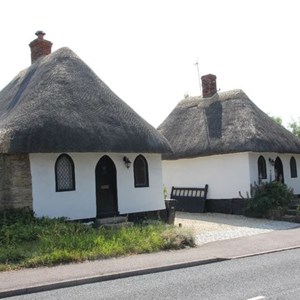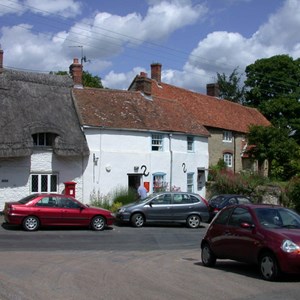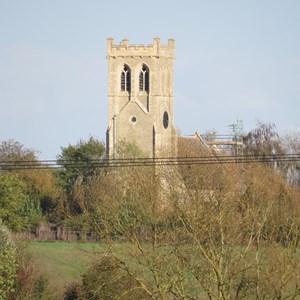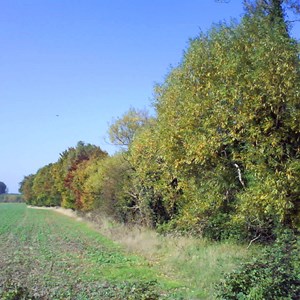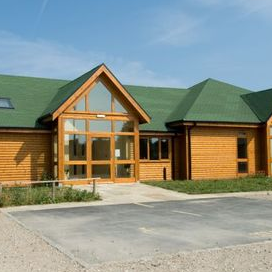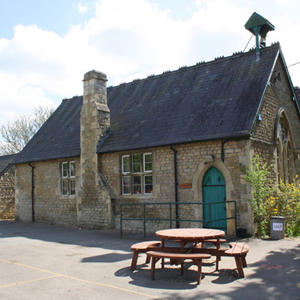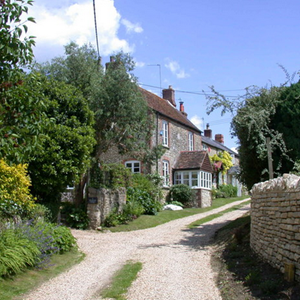Home
Village History (Author: Bruce Shelton)
Set on a gentle hill among the rolling fields to the west of the Chiltern Hills, Little Milton is a picturesque village situated 8 miles to the south-east of Oxford. It rises to around 220 feet above sea level at its highest point.
The village, or at least the area where it stands, has been inhabited in some form for possibly more than two millennia. Archaeological studies by the University of Cambridge discovered a Roman villa in Little Milton that dates from the third or fourth century AD. There is, however, some evidence that this villa may have been built on the site of an even earlier Ancient British settlement.
As the Industrial Revolution started to have an impact on the village way of life, the Enclosure Act forced more people off the land. In 1839, Little Milton was enclosed and two thirds of the land was given to Walter Long, Lord of the Manor. What had previously been largely open fields farmed by the common people of the village was transformed into the hedge-rowed patchwork farmland seen surrounding the village today.
Following the construction of St James’ Church in 1844, Little Milton became an Ecclesiastical parish and a village in its own right. This gave Little Milton its own identity, separating it from Great Milton, and allowing the community to start to develop into the village we see today.
While there have been schools in Little Milton since 1818, with the help of the church, the present school was built in 1861 to cater to the need for education especially among the poorer villagers.
Like the large towns and cities of Britain, Little Milton did not escape the effects of the First and Second World Wars, with several villagers killed in action, but the 1950s and 1960s saw new development and prosperity for the village. New houses were built in the village on the Thame Road and at Old Field and Milton Manor Drive. Chiltern View was completed at the beginning of the 1980s, and Little Milton took the shape it still has to this day.
